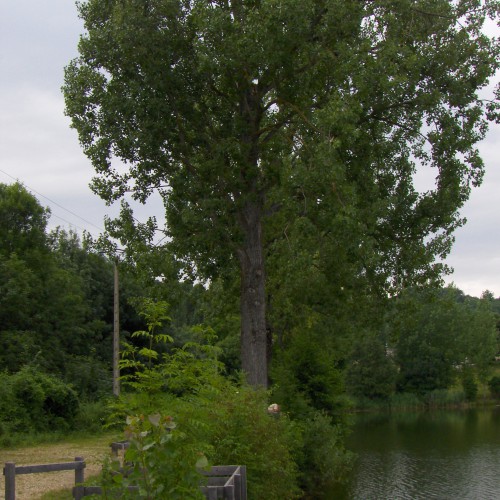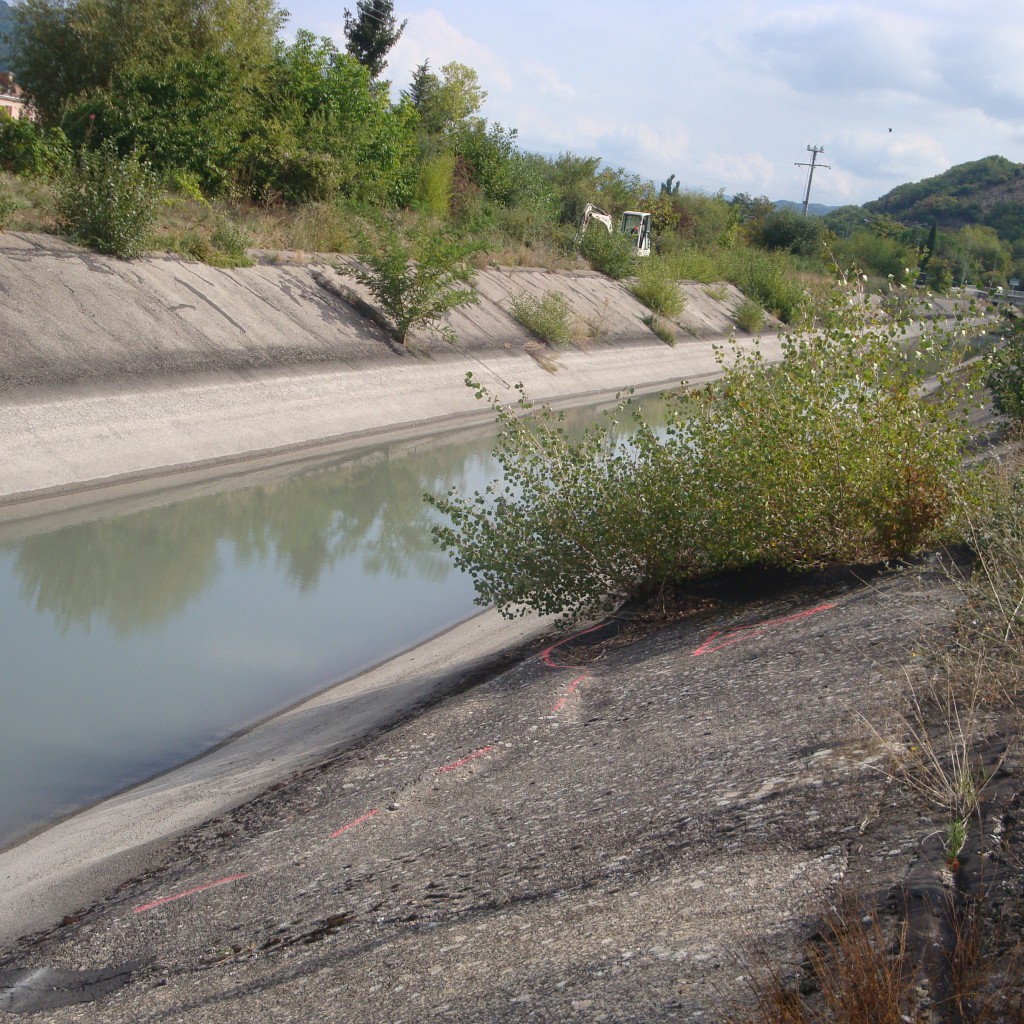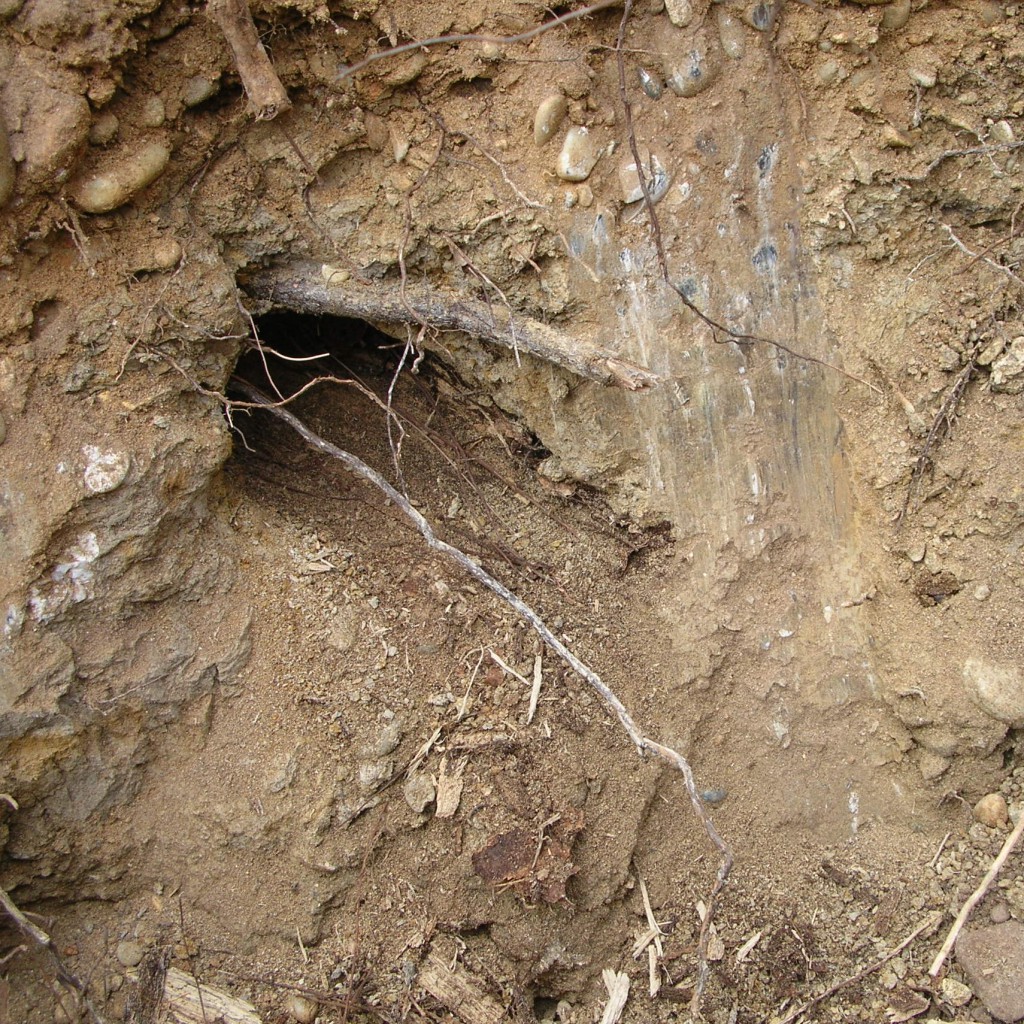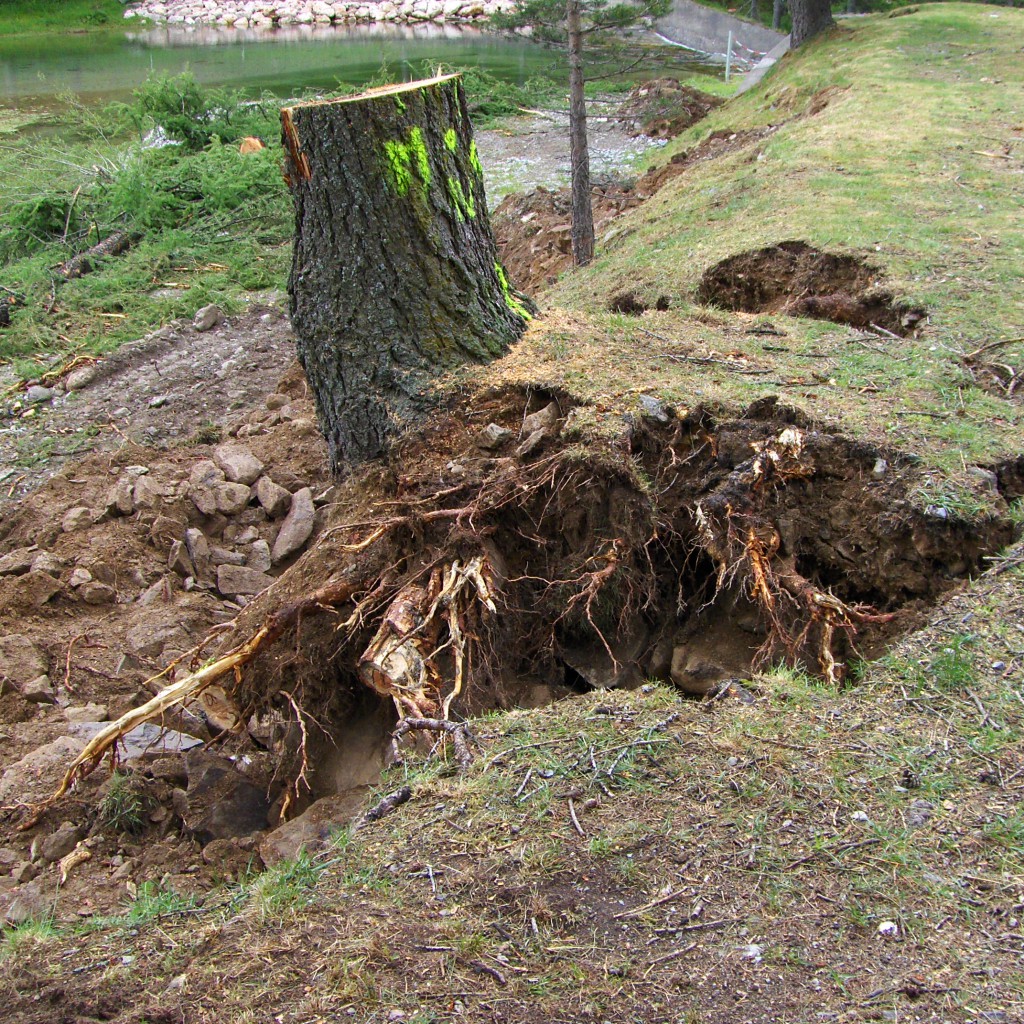Define and prioritize issues and actions needed for territory protection against flood risk while insuring to environment a sound ecological condition
Context
Since the early 20th century, the revegetation of slopes and the river engineering works started a dynamic of reclosing of the environment. The incision of streams, as a consequence to the reduction of sediment supply and emphasized by the samples of materials in small river beds, has generated important modifications to fluvial processes.
In parallel, the revegetation of dikes, dams and banks showed a diminution of the pressure and maintenance done by men. This translated into the modification of hydraulic conditions during water flow.
For security reasons regarding dikes and dams and for the proper functioning of fluvial environments, it is necessary to control plant colonization in anthropized areas.




Issues
The risks involved with the implantation of ligneous species on dikes and embankment dams were highlighted in research works, led by C. Zanetti, M. Vennetier, P. Mériaux in the Irstea laboratory. The rooting of trees generates phenomenons of external and internal erosion, linked to the development of living root systems and to woody roots decay.
If the impact of vegetation on dikes and dams is negative, it is generally beneficial on banks where plants help with stabilizing and protecting the grounds.
Therefore, the development of vegetation has to be controlled, so that the positive and negative aspects of it can be combined.
Partners








